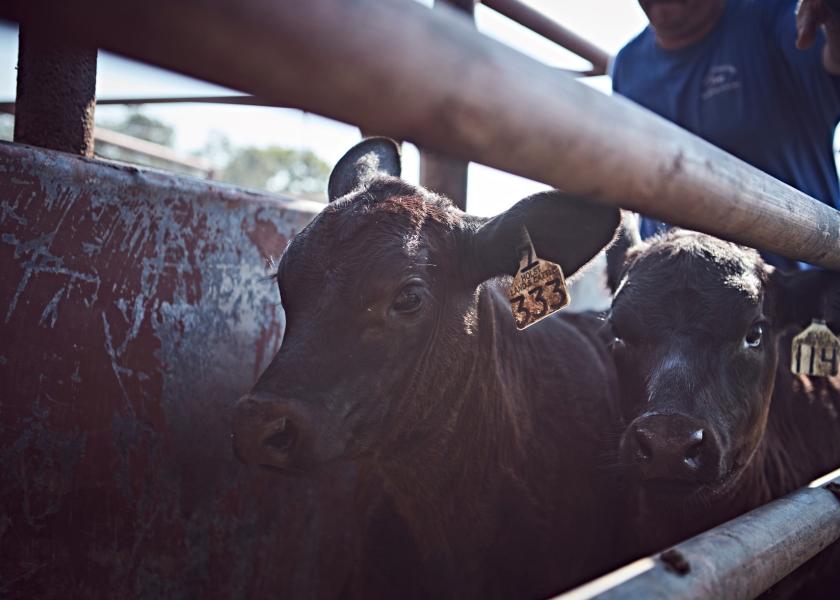BRD Battle Plan: The Two-Step Approach to Building Immunity

We can’t control everything on a cattle operation. But we can make a battle plan to protect calves from bovine respiratory disease (BRD) long before we ever reach for antibiotics. Vaccination remains one of the most effective ways to prevent losses associated with BRD, but no vaccine can prevent infection 100% of the time. Building robust immunity against BRD involves a mix of maternal antibodies and vaccine-derived immunity.
Colostrum is critical
“When calves are born, they enter the world lacking any real immunity to disease,” explained Joe Gillespie, DVM, Boehringer Ingelheim. “To build up the defenses they need, calves are dependent on colostrum from their mothers. Ensuring calves receive this antibody-rich colostrum can have lasting effects on their immunity, overall health and productivity.” Ideally, calves should ingest adequate amounts of high-quality colostrum within four hours of birth.
Maternal antibodies from colostrum, however, will eventually wane, and calves will need to start developing their own immunity. Vaccination stimulates a calf’s immune system to start producing its own antibodies against specific disease-causing agents.
Choose the right vaccine at the right time
Knowing your operation’s pathogen risks is the first step in determining a vaccination protocol. “These risks can vary, depending on what pathogens are more common in your herd already and the geography in which you live,” clarified Dr. Gillespie. “Lean on the advice or consultation of your local veterinarian to understand your pathogen risks.”
Vaccination timing is also critical. Waiting until weaning to vaccinate could leave calves unprotected during the summer months, when they are most susceptible to summer pneumonia. So, how can producers find the sweet spot for vaccination, prior to losing all of the protection associated with maternal antibodies, and before natural exposure to disease-causing pathogens?
“The time period between gaining and losing maternal antibodies varies from calf to calf, but is typically somewhere between 2 and 6 months of age,” said Dr. Gillespie. “For best immunity, we recommend vaccinating at least two weeks before high-stress events.”
“On an average beef cattle ranch, we’re looking at vaccinating calves around branding or turnout time in the spring,” he added. “For example, if a calf was born in January or February, we’re vaccinating, marking and identifying a 60- to 90-day-old calf before it’s turned out for summer grazing.”
Producers should be aware of whether their chosen vaccine will remain effective in the face of maternal antibodies. With some vaccines, antibodies absorbed from colostrum can interfere with the development of immunity for several months after birth. Therefore, it’s important to administer a vaccine proven to stimulate immunity in calves even in the presence of colostral antibodies.
BRD is the costliest cause of sickness and death in the beef-finishing industry.2 Building robust immunity composed of both maternal and vaccine-derived immunity is a vital step in a successful overall BRD management strategy. Every herd is different, so remember to consult a veterinarian to develop the most effective protocols for your operation.







